Home>Gardening & Outdoor>Landscaping Ideas>How Do Grass Bubbles Form
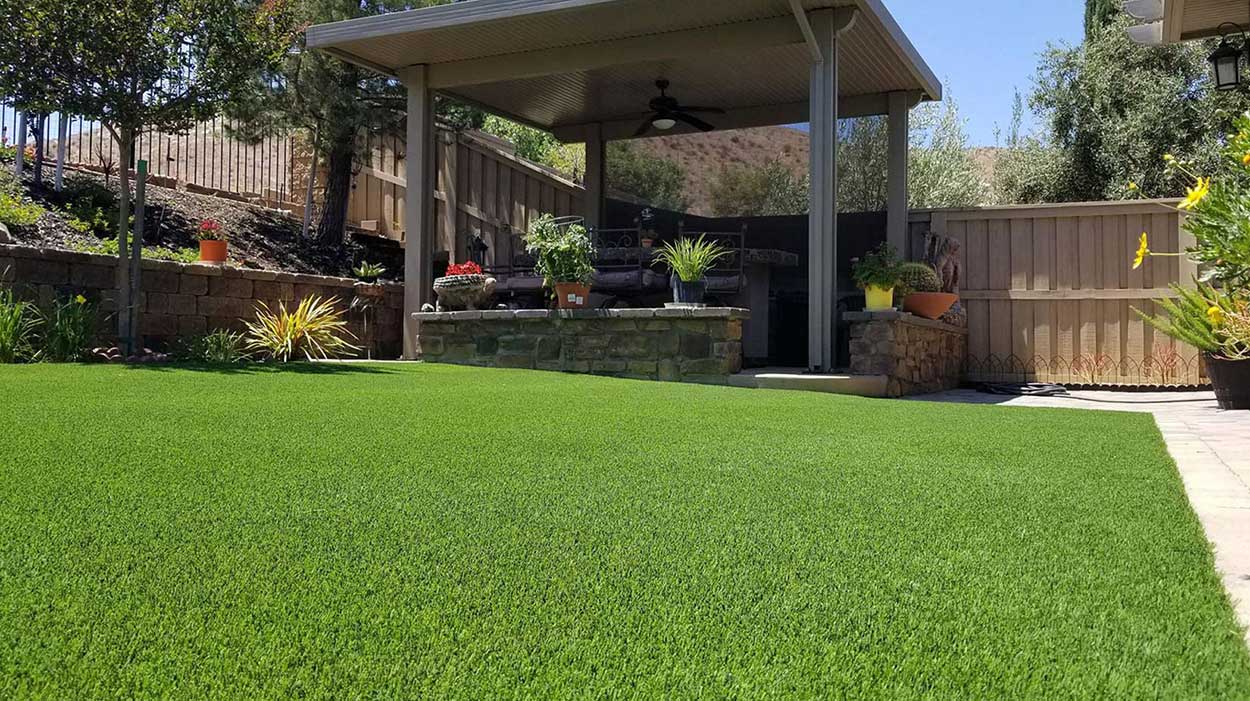

Landscaping Ideas
How Do Grass Bubbles Form
Published: January 25, 2024
Discover how grass bubbles form and get landscaping ideas to prevent and fix them. Learn how to maintain a healthy lawn with our expert tips.
(Many of the links in this article redirect to a specific reviewed product. Your purchase of these products through affiliate links helps to generate commission for Storables.com, at no extra cost. Learn more)
Introduction
Have you ever strolled through a lush, green lawn and stumbled upon an intriguing sight – grass bubbles? These peculiar formations, also known as grass pustules or grass blisters, can pique anyone's curiosity. While they may appear whimsical, they actually signal an underlying issue that warrants attention. In this article, we'll delve into the fascinating world of grass bubbles, exploring their causes, formation process, the role of moisture, and effective prevention strategies. By understanding these natural phenomena, you'll gain valuable insights into maintaining a vibrant and healthy lawn. So, let's embark on this enlightening journey to unravel the mystery of grass bubbles.
Key Takeaways:
- Grass bubbles, caused by slime mold, form on lawns due to moisture and decaying organic matter. Prevent them by promoting air circulation, monitoring moisture levels, and maintaining lawn health.
- To prevent grass bubbles, avoid overwatering, remove organic debris, and consider fungicides if needed. Embrace nature’s wonders and cultivate a vibrant, resilient lawn.
Read more: How Does Dew Form On Grass
What Causes Grass Bubbles
Grass bubbles, those enigmatic protrusions dotting your lawn, are a result of a common fungal disease known as “slime mold” or “dog vomit fungus.” Despite its unappealing monikers, this unique organism plays a pivotal role in the formation of grass bubbles. The fungus, scientifically classified as Fuligo septica, thrives in moist environments and typically emerges after periods of heavy rain or excessive irrigation. It feeds on decaying organic matter, such as thatch, dead grass, or mulch, and undergoes a fascinating transformation as it transitions from a slimy, gelatinous mass to a powdery, spore-releasing state.
When the slime mold encounters a suitable habitat, it releases spores that disperse through the air, eventually settling on grass blades and soil. The spores then germinate, giving rise to the distinct, bubble-like structures that captivate our attention. These bubbles, or sporangia, serve as the reproductive structures of the slime mold, facilitating its propagation in the surrounding environment. While the sight of these vibrant, bubble-like formations may evoke curiosity, it is crucial to address the underlying conditions that foster their development to ensure the long-term health and aesthetics of your lawn.
Understanding the causes of grass bubbles empowers homeowners to take proactive measures in mitigating their occurrence and preserving the vitality of their lawn. By shedding light on the intricate interplay between environmental factors and fungal activity, we can unravel the enigma of grass bubbles and pave the way for effective prevention strategies.
The Formation Process of Grass Bubbles
The formation of grass bubbles is a captivating spectacle that unfolds through a series of intricate biological processes. As the spores of the slime mold, Fuligo septica, settle on the grass blades and soil, they initiate a remarkable transformation that culminates in the emergence of these distinctive bubble-like structures. The spores germinate and give rise to thread-like structures known as mycelium, which serve as the vegetative part of the fungus.
Under favorable conditions, such as high humidity and moderate temperatures, the mycelium proliferates and intertwines, forming a network that engulfs the grass blades. As this network expands, it secretes a slimy, gelatinous substance that envelops the grass, creating the characteristic bubble-like protrusions. These vibrant formations, ranging in color from yellow and orange to pink and white, capture the attention of onlookers, adding an intriguing dimension to the landscape.
Over time, the gelatinous mass undergoes a remarkable transition, evolving into a powdery, spore-releasing state. This transformation marks the culmination of the slime mold’s life cycle, as it disperses spores into the surrounding environment, perpetuating the cycle of growth and propagation. The gradual desiccation of the bubbles leads to the dispersal of countless spores, ensuring the fungus’s continued presence in the ecosystem.
While the formation process of grass bubbles unfolds as a natural phenomenon, it underscores the intricate interplay between environmental conditions, fungal biology, and the dynamics of the lawn ecosystem. By unraveling the captivating journey from spore settlement to bubble emergence, we gain a deeper appreciation for the complex and wondrous processes that shape our natural surroundings.
Grass bubbles form when decaying organic matter releases methane gas, which gets trapped under the grass. To avoid stepping on them, be cautious when walking on waterlogged grassy areas.
The Role of Moisture in Grass Bubbles
Moisture serves as a pivotal catalyst in the development of grass bubbles, exerting a profound influence on the proliferation and activity of the slime mold responsible for their formation. The onset of grass bubbles is often precipitated by periods of heavy rain, excessive irrigation, or sustained high humidity, creating an environment conducive to fungal growth and spore dispersal.
Excessive moisture not only provides the essential hydration for the germination of slime mold spores but also fosters the proliferation of the mycelium, the vegetative component of the fungus. The abundant moisture facilitates the expansion of the mycelial network, enabling it to engulf grass blades and soil particles, ultimately giving rise to the visually striking bubble-like formations.
Furthermore, the presence of moisture sustains the gelatinous consistency of the slime mold, preserving the integrity of the grass bubbles as they undergo the remarkable transition from vibrant, gelatinous structures to powdery, spore-releasing entities. The humid microenvironment within the bubbles supports the maturation and dispersal of spores, perpetuating the lifecycle of the slime mold and ensuring its continued presence in the lawn ecosystem.
While moisture plays a pivotal role in the formation and perpetuation of grass bubbles, it also underscores the importance of maintaining a balanced approach to lawn irrigation and moisture management. By exercising prudence in watering practices and promoting proper drainage, homeowners can mitigate the risk of excessive moisture accumulation, thereby reducing the likelihood of grass bubble formation.
Understanding the nuanced relationship between moisture and grass bubbles empowers homeowners to adopt informed strategies for preserving the health and aesthetics of their lawn. By striking a harmonious balance in moisture management, individuals can cultivate an environment that discourages the proliferation of slime mold while nurturing the vibrancy of their green spaces.
Preventing Grass Bubbles
Preventing the formation of grass bubbles entails a multifaceted approach that addresses the underlying environmental conditions conducive to fungal growth while promoting the overall health of the lawn. By implementing proactive measures and adopting sound lawn care practices, homeowners can effectively mitigate the risk of grass bubble formation and maintain a vibrant, resilient lawn.
1. Promote Adequate Air Circulation: Enhance the air circulation within your lawn by avoiding excessive thatch buildup and ensuring proper spacing between grass plants. This facilitates the dissipation of excess moisture and minimizes the favorable conditions for slime mold proliferation.
2. Optimize Irrigation Practices: Practice mindful irrigation by watering your lawn in the early morning to allow for optimal absorption and minimize prolonged moisture retention. Avoid overwatering, which can lead to waterlogged conditions conducive to fungal growth.
3. Maintain Lawn Health: Foster the overall health of your lawn by mowing at the appropriate height and promoting proper nutrition through regular fertilization. A robust, well-nourished lawn is better equipped to resist the incursion of opportunistic organisms such as slime mold.
4. Prompt Removal of Organic Debris: Regularly remove thatch, dead grass, and organic debris from your lawn to mitigate the availability of decaying matter that serves as a nutrient source for slime mold. This proactive measure impedes the proliferation of the fungus and reduces the likelihood of grass bubble formation.
5. Monitor Moisture Levels: Stay vigilant in monitoring the moisture levels within your lawn, especially after periods of heavy rainfall or irrigation. Avoid allowing standing water to accumulate, as it creates a conducive environment for fungal activity.
6. Utilize Fungicides: In cases where preventive measures may not suffice, consider consulting with a lawn care professional to explore the judicious use of fungicides. Selective application of fungicidal treatments can help deter the onset of grass bubbles and manage fungal infestations effectively.
By integrating these preventive strategies into your lawn care regimen, you can fortify your lawn against the emergence of grass bubbles and cultivate an environment that promotes enduring vitality and aesthetic appeal. Embracing a proactive and holistic approach to lawn maintenance empowers homeowners to safeguard their outdoor spaces against the encroachment of fungal diseases while nurturing a thriving, resilient lawn.
Read more: How Do You Think The Bathtub Ring Formed
Conclusion
The enigmatic presence of grass bubbles, often attributed to the fascinating activity of slime mold, serves as a compelling reminder of the intricate dynamics at play within our natural surroundings. These vibrant, bubble-like formations, arising from the interplay of moisture, fungal biology, and environmental conditions, captivate our curiosity and beckon us to unravel their mysteries.
By delving into the causes, formation process, and the role of moisture in grass bubbles, we’ve gained valuable insights into the mechanisms underlying their emergence. The captivating journey from spore settlement to bubble formation has unveiled the remarkable transformation orchestrated by the slime mold, shedding light on the wondrous processes that shape our lawn ecosystems.
Armed with a deeper understanding of grass bubbles, homeowners can embark on a proactive quest to prevent their formation through strategic lawn care practices. By promoting adequate air circulation, optimizing irrigation, fostering lawn health, and vigilantly monitoring moisture levels, individuals can fortify their lawns against the incursion of slime mold and nurture enduring vitality.
As we navigate the tapestry of our outdoor spaces, embracing the complexities and marvels of nature, we are empowered to cultivate landscapes that thrive in harmony with their surroundings. The allure of grass bubbles serves as a poignant reminder of the interconnectedness of all life forms, beckoning us to cherish and steward our natural environments with care and reverence.
So, the next time you encounter these whimsical grass bubbles adorning your lawn, take a moment to marvel at the intricate dance of life unfolding before your eyes. Embrace the beauty of nature’s enigmatic creations, and let it inspire a deeper appreciation for the boundless wonders that abound in our midst.
Frequently Asked Questions about How Do Grass Bubbles Form
Was this page helpful?
At Storables.com, we guarantee accurate and reliable information. Our content, validated by Expert Board Contributors, is crafted following stringent Editorial Policies. We're committed to providing you with well-researched, expert-backed insights for all your informational needs.

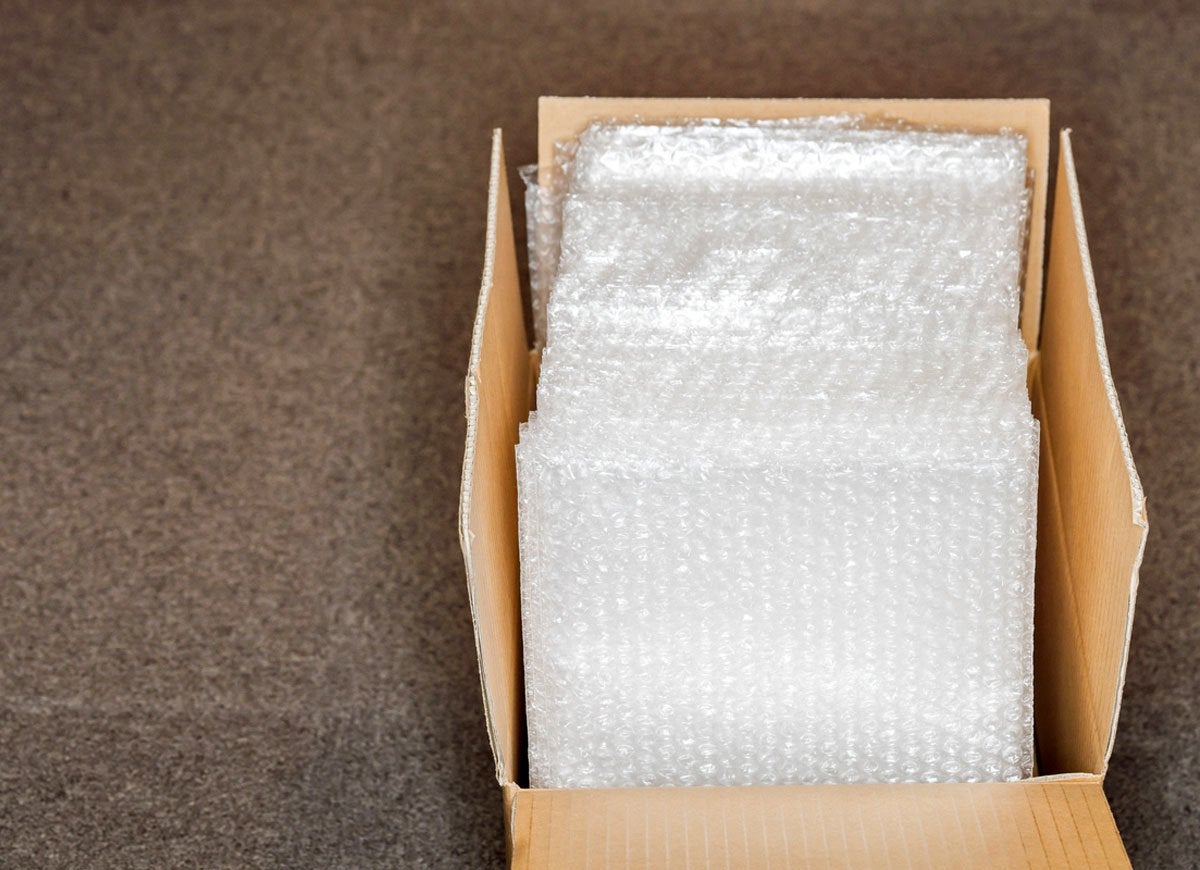

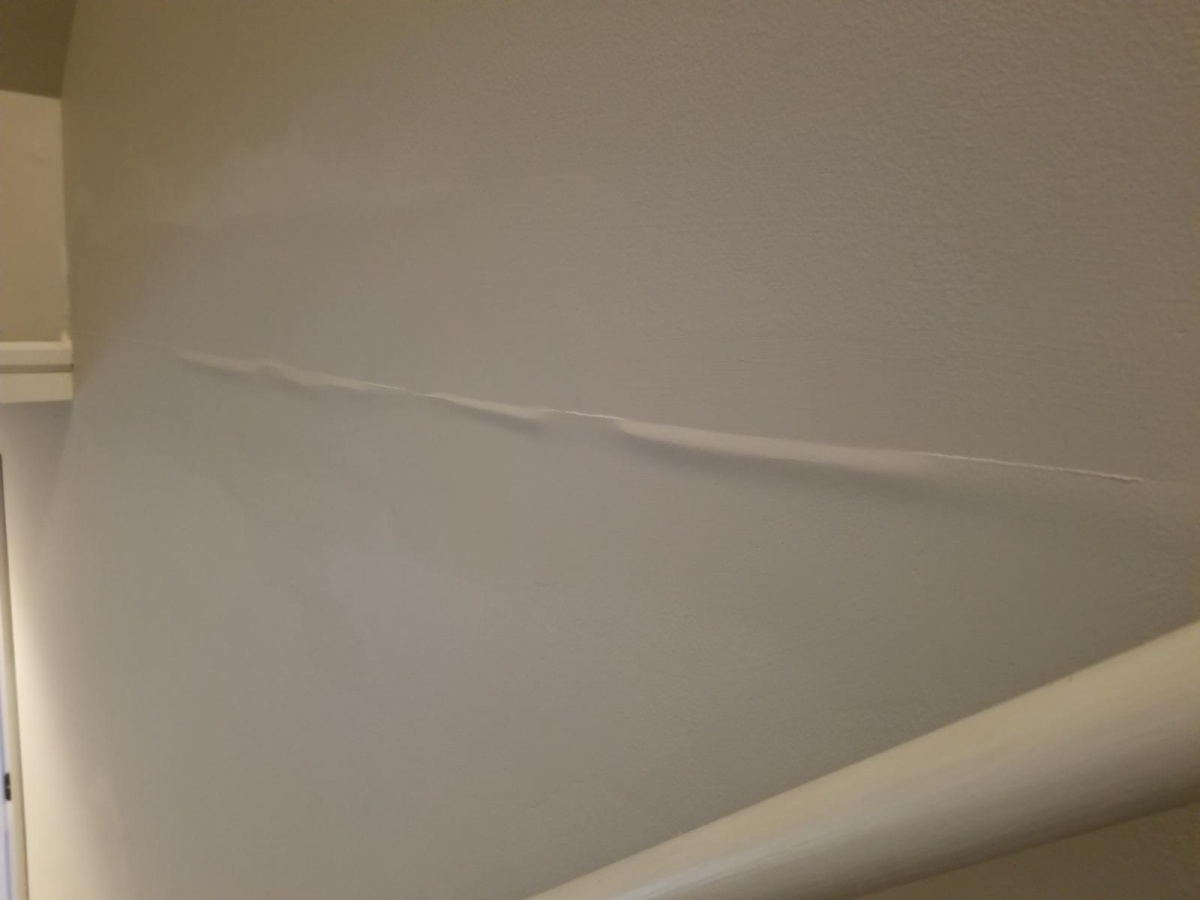
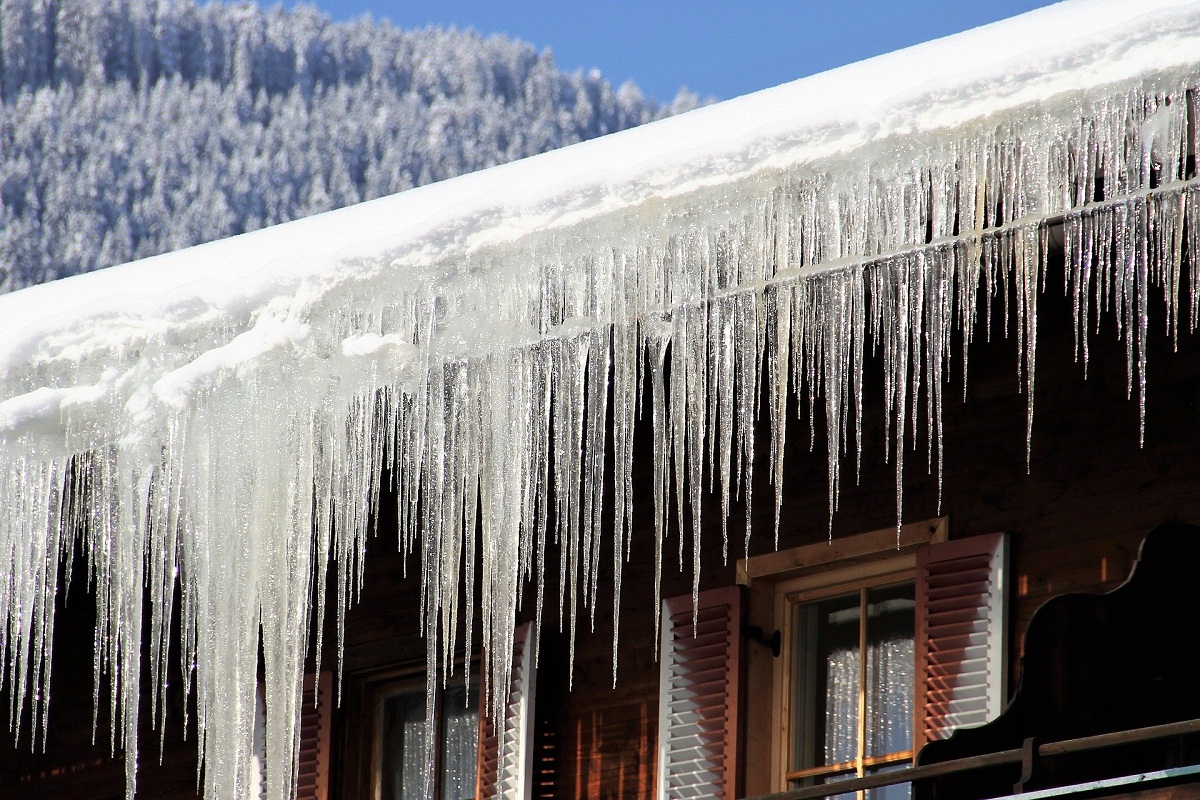

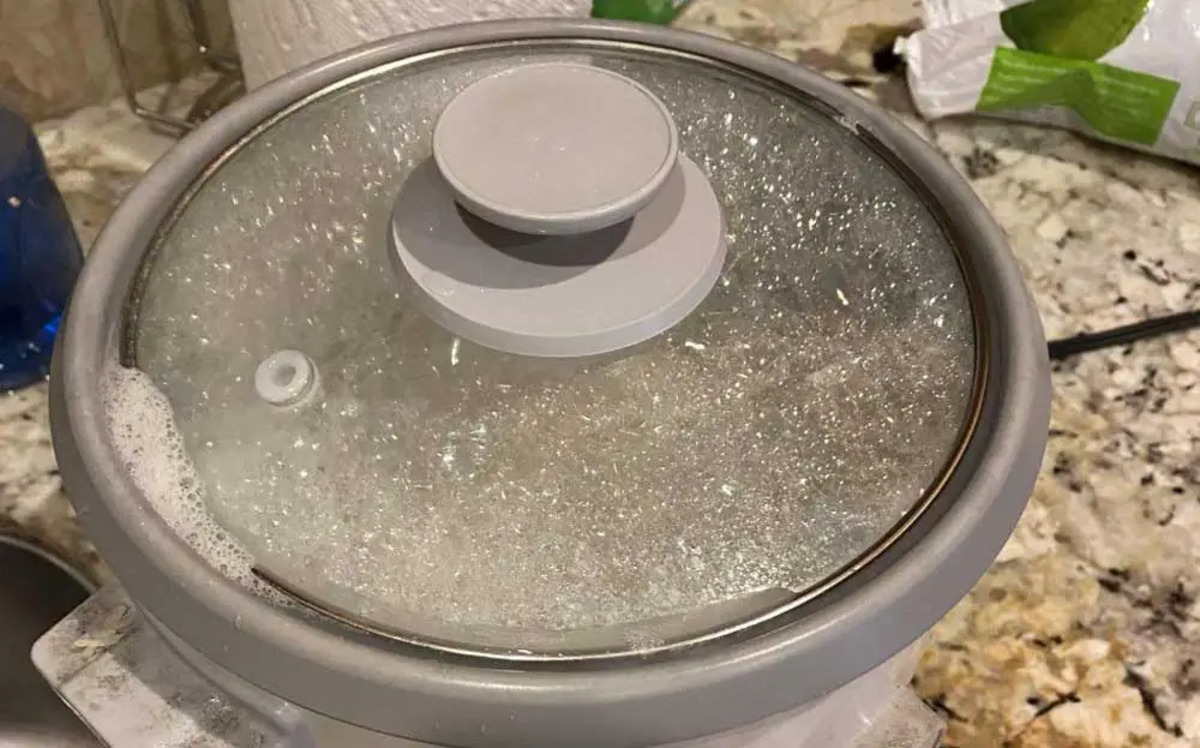
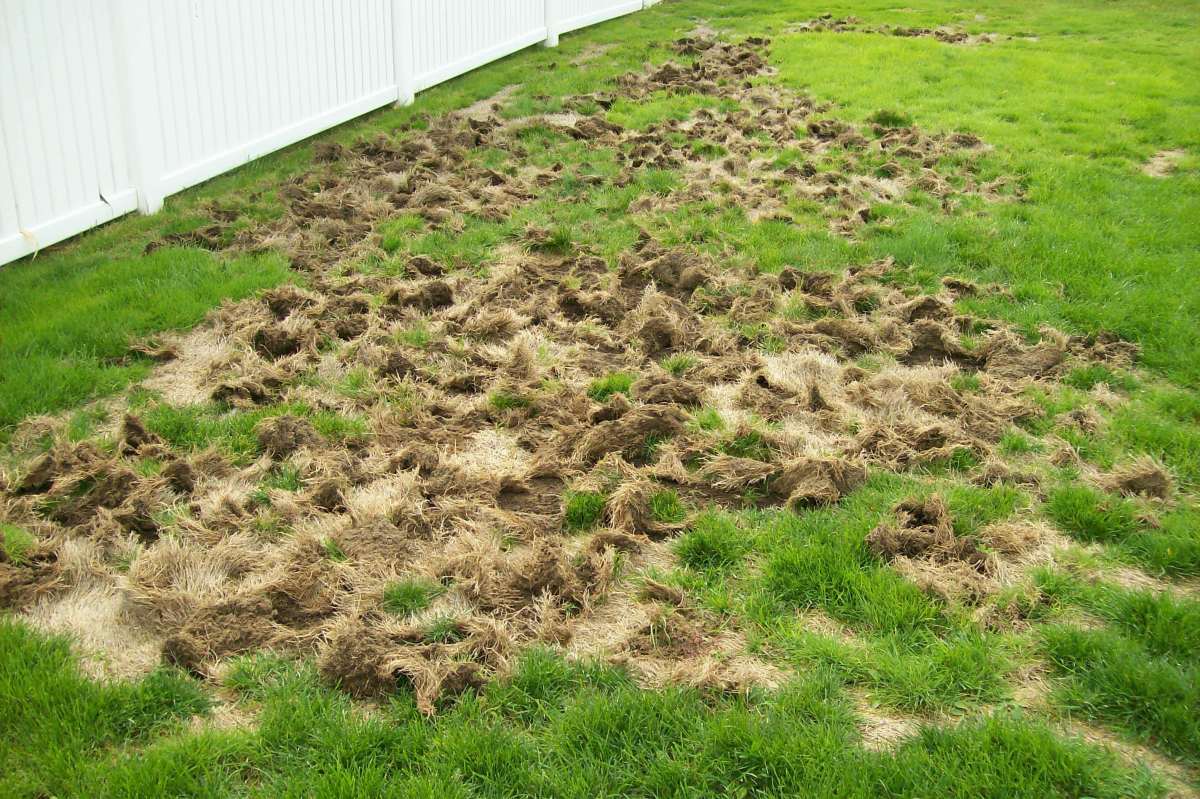
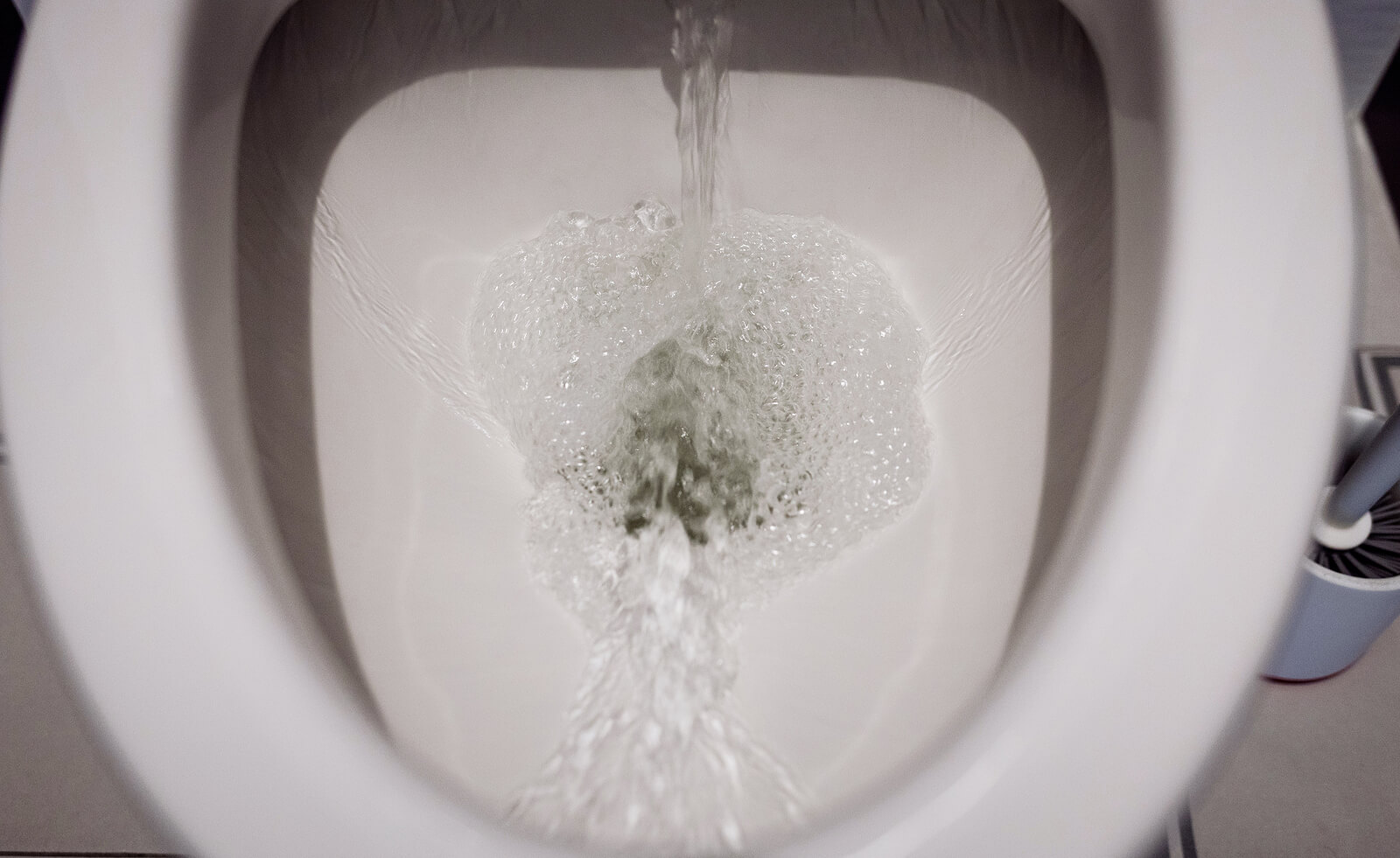


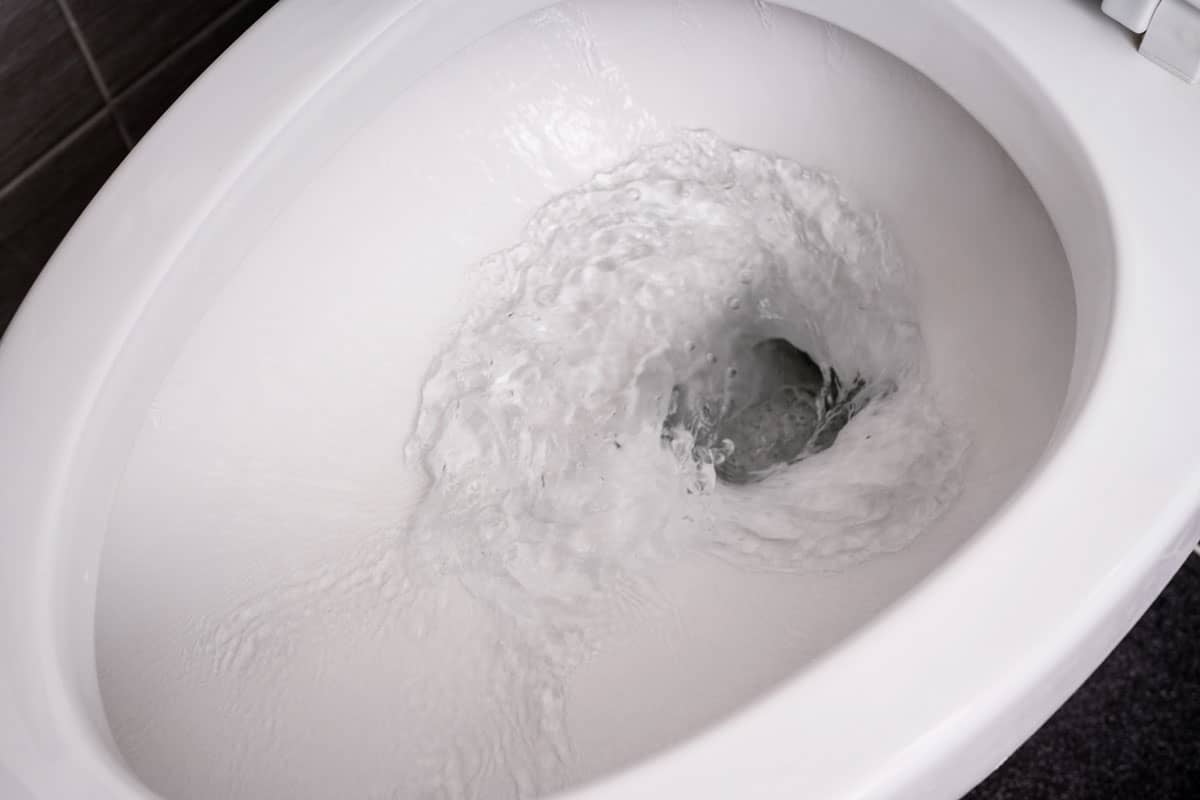
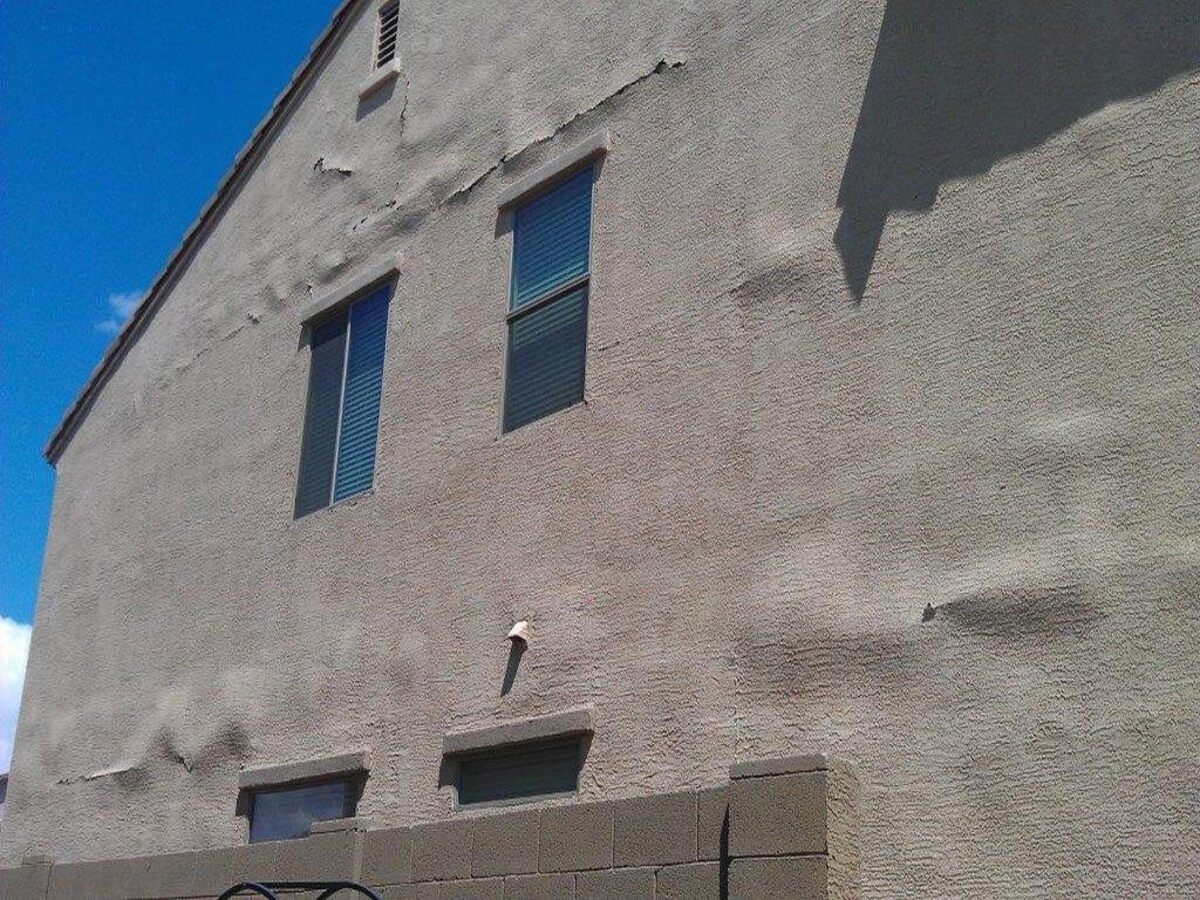
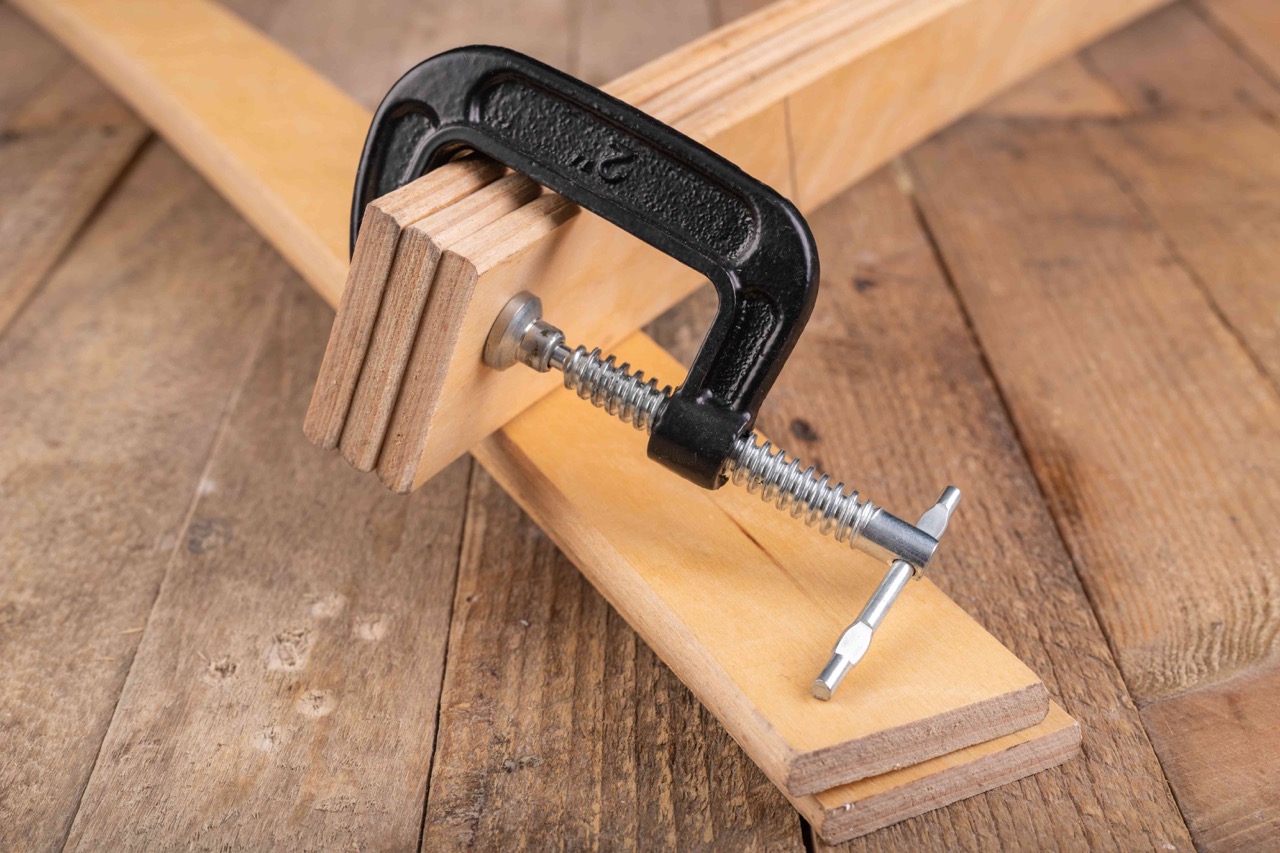

0 thoughts on “How Do Grass Bubbles Form”